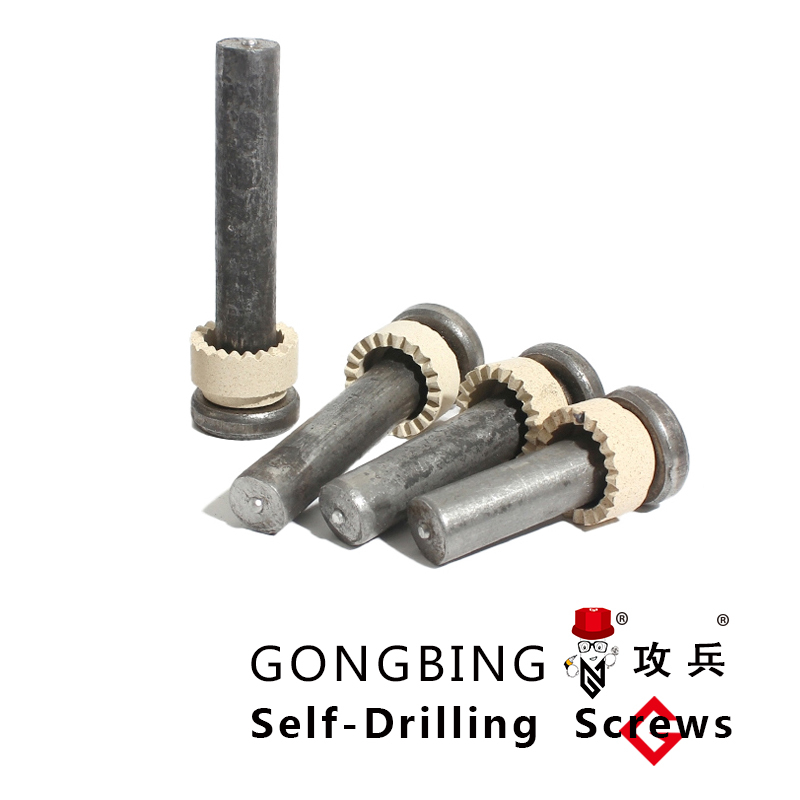Best Practices for Installing Rigid Insulation Using Specialized Fastening Nails for Optimal Energy Efficiency
The Importance of Rigid Insulation Nails in Building Projects
In the world of construction and insulation, the materials used can significantly impact the efficiency and effectiveness of a building's thermal performance. One crucial component often overlooked is the rigid insulation nail. These specialized fasteners play an essential role in the installation of rigid insulation panels, ensuring that they remain securely in place while contributing to the overall energy efficiency of a structure.
What Are Rigid Insulation Nails?
Rigid insulation nails are fasteners designed specifically for securing rigid boards of insulation to various substrates, including concrete, metal studs, and wood. These nails are typically made of durable materials such as stainless steel or galvanized steel to withstand exposure to moisture and prevent rusting. Their unique design includes a large flat head that provides a strong hold on the insulation board while minimizing the risk of damaging the material during installation.
Benefits of Using Rigid Insulation Nails
1. Enhanced Stability One of the primary benefits of rigid insulation nails is their ability to provide stable and secure anchoring for insulation panels. This stability is essential for maintaining the thermal integrity of a building, as any gaps or misalignments can reduce the effectiveness of the insulation and lead to energy loss.
2. Ease of Installation Rigid insulation nails are designed for straightforward installation. They can be easily driven into various substrates, minimizing the need for complex tools and reducing labor time. The simplicity of their use makes them a popular choice among contractors and builders.
3. Cost-Effective Solution In building projects, every penny counts. Rigid insulation nails offer a cost-effective solution for securing insulation panels without the need for more expensive fastening systems. Their durability ensures that they do not need to be replaced frequently, leading to long-term savings in maintenance and replacement costs.
4. Versatility These nails can be used with a wide range of insulation materials, including polyisocyanurate, expanded polystyrene (EPS), and extruded polystyrene (XPS) boards. This versatility allows architects and builders to select the best insulation material for their specific needs, knowing that rigid insulation nails can secure the panels effectively.
rigid insulation nails

5. Energy Efficiency By ensuring that insulation panels are properly secured, rigid insulation nails help maintain the thermal envelope of a building. This maintenance leads to improved energy efficiency, reducing heating and cooling costs over time. In an age where energy efficiency is increasingly important, using the right fasteners can make a significant difference.
Installation Tips
When installing rigid insulation nails, there are a few best practices to keep in mind
- Choose the Right Length The length of the insulation nails should be chosen based on the thickness of the insulation panels and the substrate material. Longer nails may be needed for thicker insulation boards or harder substrates.
- Use Proper Spacing Follow manufacturer guidelines for spacing the nails to ensure adequate support for the insulation panels. Insufficient spacing can lead to sagging or shifting of the panels.
- Safety Precautions Apply proper safety measures during installation. Wear protective gear, and ensure that tools are used correctly to avoid accidents.
Conclusion
Rigid insulation nails are a vital component of successful insulation installation in construction projects. With their ability to provide stability, ease of installation, and cost-effectiveness, they contribute significantly to the energy efficiency and longevity of buildings. By understanding the importance of these fasteners and following best practices during installation, builders can enhance the performance of insulation and create comfortable, energy-efficient environments for occupants.
-
Weatherproof Plastic Expansion Anchors for OutdoorLitabaJun.06,2025
-
Sustainability in the Supply Chain: Eco-Friendly TEK Screws ProductionLitabaJun.06,2025
-
Load-Bearing Capacity of External Insulation FixingsLitabaJun.06,2025
-
Double Head Bolts: Enhancing Efficiency in Industrial MachineryLitabaJun.06,2025
-
Corrosion Resistance in Chipboard Screws: Coatings for Wholesale DurabilityLitabaJun.06,2025
-
Butterfly Toggle Bolts : Enhancing Structural ResilienceLitabaJun.06,2025
